Rising student behavioral issues have become a major concern for educators over the last few years. Reports of students being unable (or unwilling) to stay on task, listen, and follow directions are commonplace, and this only adds more demands to an already demanding job.
How can K–12 teachers and leaders navigate difficult emotional terrains, improve classroom behavior, decrease stress levels, and improve the overall schooling experience for everyone? It all starts with better listening.
While technology offers advantages, its growing influence on younger generations has come to the detriment of active, in-person communication. This deficiency in listening skills has intensified behavioral issues and feelings of disconnect and loneliness, and is fueling the rising tide of mental health issues.
While educators see the impact students’ poor listening skills, they are challenged to address it as they grapple with heavy workloads, diverse learning needs, lack of respect for the profession, and other challenges.
Educators must change how they listen from “active listening” to “transformational listening.” To counteract the negative impact of behavioral issues in schools, leaders should invest in training to bolster thelistening abilities of teachers and staff.
Listening is a complex skill that requires practice. Traditional listening focuses on active listening techniques, which primarily show the speaker that one is paying attention. While this is a step in the right direction, it isn’t quite enough to overcome behavioral issues.
Transformational listening, on the other hand, is an immersive and interactive process of discovery where the listener not only hears the words, but deeply engages with the speaker’s emotions, intentions, and the underlying essence of their message. Transformational listening fosters feelings of being cared for, seen, and valued. It taps into the transformative power of the educa- tor-student relationship, increasing mutual respect and understanding.
Transformational listening is also beneficial for improving relationships with staff. Instead of focusing on trying to solve a problem or reach an agreement when listening, focus on deepening understanding of others’ perspectives and feelings.
Listening first to understand oth- ers can do wonders for establishing a culture of support and appreciation, which makes staff feel seen and heard and can reduce their stress and improve performance.
K–12 leaders can start by identify- ing and investing in listening literacy programming in classrooms, then scale up successful curricula and trainings to implement systemic, dis- trict-wide initiatives. The best strategy to get children to listen is to break the habit of telling kids to listen and expecting them to do it. Children are told to listen, yet rarely taught how; the same goes for adults.
Everyone can benefit from strong listening skills. The impact extends beyond the classroom to cultivate a more collaborative society.
Adapted from “What Is It Costing You Not To Listen?” by Christine Miles, EQuipt.





